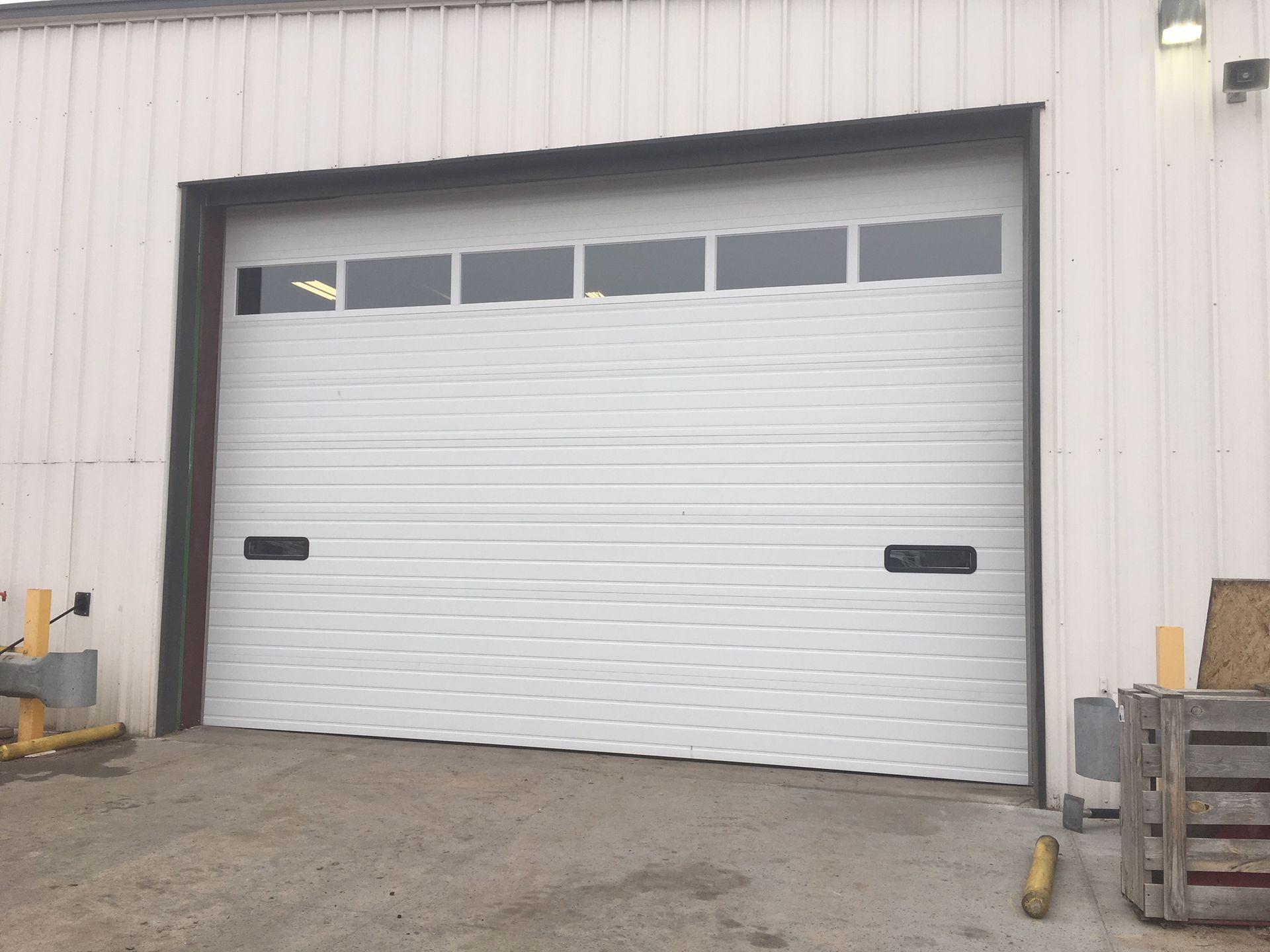Your overhead door does more than just open and close; it enhances security, keeps energy costs down, and adds value. But like any mechanical system, it needs maintenance. Ignoring subtle issues can lead to costly repairs—or worse, a door that stops working entirely. Let’s explore the top 5 signs your overhead door might need repair and why addressing issues promptly is essential.
When Your Door Gets Noisy
Does your overhead door groan, rattle, or screech? These sounds are not just irritating—they’re a cry for help. Unusual noises can indicate issues with the door’s torsion springs, tracks, or opener system. Left unchecked, these minor issues can escalate into serious breakdowns.
Your Door Hesitates?
If your overhead door is slow to open or close, it might be due to aging parts or problems with the system. A door that delays could pose a safety risk, especially if it malfunctions while in use. Prompt repairs can get it back to working efficiently.
3. Sagging Sections
Have you noticed uneven or sagging sections in your overhead door? This is often a sign of compromised stability or tension issues. Beyond being unsightly, sagging can compromise your door’s security and insulation capabilities.
4. Increasing Energy Bills
A poorly fitted or damaged overhead door can cause drafts, making your HVAC system struggle to maintain temperatures. If you’ve noticed your energy bills creeping up, your garage door could be the culprit. Fixing your door can help lower costs in the long run.
Signs of Wear and Tear
Dents, splits, or corrosion are clear indicators that your overhead door has seen better days. While some damage might appear minor, it can weaken the door’s integrity and make it more susceptible to malfunctions. Addressing these issues promptly is critical for safety and performance.
